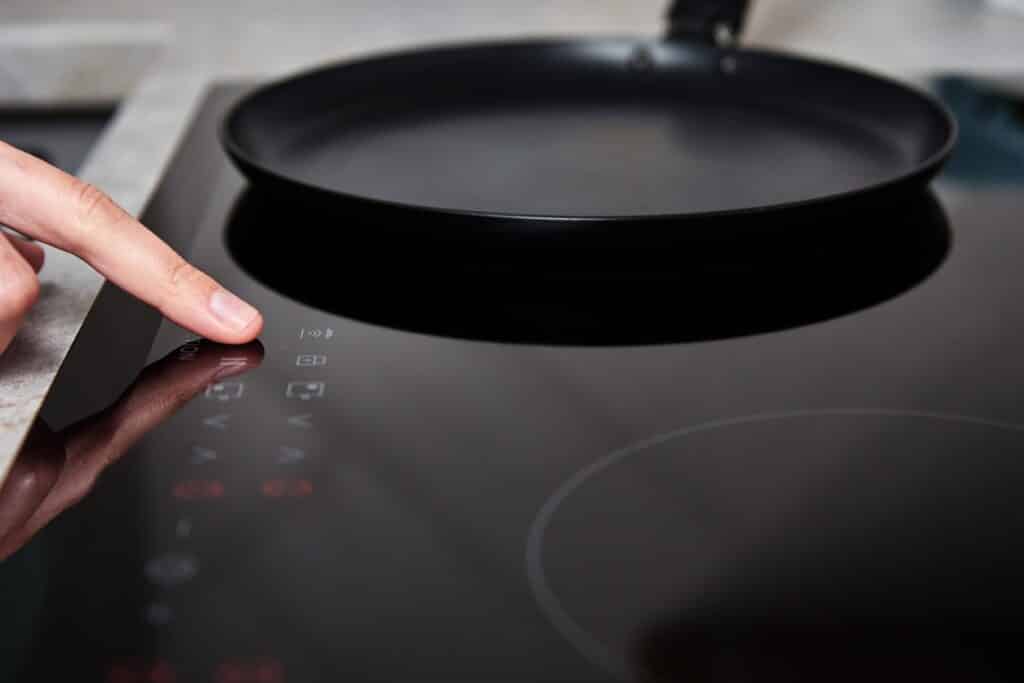Cast Iron Losing Heat on Induction: Why Barbecuers Should Care
Written By James Morgan
For barbecue enthusiasts, the art of cooking is as much about the journey as the destination. The sizzle of meat on a fiery grill, the aroma of spices mingling in the air, and the anticipation of that first bite are all part of the unforgettable experience. However, when it comes to cast iron losing heat on induction, this journey can take an unexpected turn. Understanding why this happens and how to counteract it can make all the difference for those who cherish the art of barbecuing.
Cast iron pans are a staple for many grill masters. Their ability to distribute heat evenly and retain it for long periods makes them ideal for achieving that perfect sear or slow-cooking a rack of ribs to perfection. However, when used on an induction cooktop, cast iron can sometimes lose heat more quickly than expected. Delve deeper into why this happens and how to mitigate it, ensuring your culinary creations remain top-notch.

Why Does Cast Iron Lose Heat on Induction?
Induction cooktops operate by generating an electromagnetic field that excites the iron molecules in cookware, producing heat directly in the pan. While this method is efficient and fast, certain conditions can lead to cast iron losing heat on induction. The primary reasons include uneven pan surfaces, poor contact with the cooktop, and the thickness of the cast iron itself.
Cast iron's rugged construction can sometimes result in a slightly uneven base. This irregularity can hinder the seamless transfer of energy from the induction cooktop to the pan. Similarly, if the pan isn't perfectly flat, it may not make full contact with the cooktop surface, leading to patches of uneven heating and thus, heat loss.
Optimizing Heat Retention
To combat the issue of cast iron losing heat on induction, there are several strategies you can employ. First, ensure your cookware is induction-compatible and has a perfectly flat base. Regularly check your pans for any warping and address it promptly. Additionally, preheating your cast iron pan on a lower setting can help stabilize the temperature before increasing the heat.
Another approach is seasoning your cast iron regularly. This not only maintains its non-stick properties but also contributes to more consistent heating. For more detailed insights on making your cast iron pan induction-friendly, you can explore induction-friendly cast iron pans.
Exploring Alternatives: Cast Iron vs. Nonstick on Induction
While cast iron remains a favorite, some barbecue enthusiasts are exploring other cookware options, such as nonstick pans, when using induction cooktops. Nonstick options can offer quicker heating times and reduced risk of heat loss. However, they often lack the unique flavor-enhancing qualities of cast iron. To weigh the pros and cons, consider reading more about cast iron vs. nonstick on induction.
The choice between cast iron and nonstick ultimately comes down to personal preference and cooking style. However, knowing the strengths and weaknesses of each can enhance your barbecue experience and ensure that your meals are both delicious and efficiently prepared.
Maximizing Your Cast Iron's Performance
For those committed to using cast iron on induction cooktops, there are additional techniques to maximize performance. Consider using grill grates, which can elevate the pan slightly and improve air circulation. This can enhance heat retention and distribution, making your cooking more efficient. For more detailed advice on how professionals utilize grill grates, check out how pro chefs use grill grates.
Furthermore, understanding the nuances of your induction cooktop can help. Each cooktop has its own unique characteristics, and familiarizing yourself with its settings can lead to better results. For instance, some induction cooktops have specialized settings designed to optimize heat retention for cast iron pans. For further reading, the Whirlpool blog provides valuable insights into using cast iron on induction cooktops.

FAQ
Why does my cast iron pan lose heat on an induction cooktop?
Cast iron pans may lose heat on induction cooktops due to uneven surfaces, poor contact with the cooktop, or the pan's thickness. Ensuring a flat base and proper seasoning can help mitigate this issue.
How can I prevent my cast iron from losing heat on induction?
To prevent heat loss, ensure your cast iron pan is compatible with induction and has a flat base. Preheating on a lower setting and regular seasoning can also aid in maintaining consistent heat.
Is cast iron better than nonstick for induction cooking?
Both cast iron and nonstick have their advantages. Cast iron offers superior heat retention and flavor enhancement, while nonstick provides quicker heating times. The choice depends on personal preference and cooking style.



